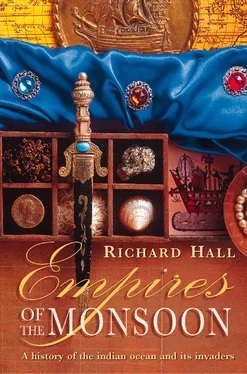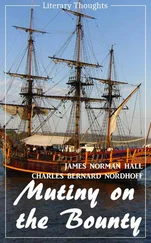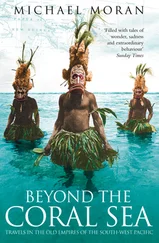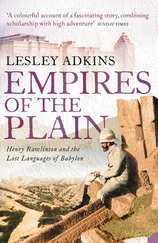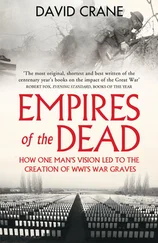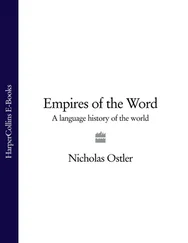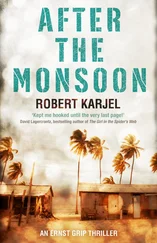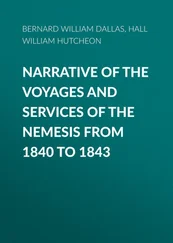The second of Portugal’s royal brothers, Pedro, had been far keener than Henry to strike a bargain for the release of Fernando, but otherwise held himself aloof from the Tangier disaster. During a tour of Europe he had done his share of fighting some years earlier, against the Ottoman Turks invading Hungary.
The Turks had shown themselves far fiercer than the Muslims of Andalusia and Morocco, so it had been something of a relief for Pedro when he left Hungary and travelled south to Venice. The newly-elected Doge, Francesco Foscari, chose to welcome the Portuguese prince in extravagant style, since there was an awareness that this visitor might easily become a king, given the uncertainties of the time. In any case, the Doge had a fondness for pageantry. 2
At one banquet, Pedro was dazzled by the sight of 250 women from the city’s most patrician families dressed in the finest silks from the Orient. He had arrived at the banquet in the great state barge, with swarms of lesser craft escorting it. During his stay the prince attended many balls and feasts; he also inspected the ships under construction around the Lagoon, being like his brother Henry a keen follower of maritime innovations. Pedro envied the voluptuous wealth of Venice, built upon its long trade with the East.
As a parting gift the Doge handed him a rare manuscript of the memoirs of Marco Polo, doyen of Venetian travellers. This was a gesture of greater significance than either could have foreseen, for in years to come the Portuguese would be urged on by Marco Polo’s descriptions of the East to feats which would spell the economic ruin of Venice.
His disaster at Tangier had driven Prince Henry back to the Algarve, back to scheming about how to reach the ‘River of Gold’. Until 1440 this was the limit of his ambitions, but shortly afterwards his mind began racing ahead to more grandiose goals. He was emboldened by the development of a new kind of ship, the caravel. Usually no more than 60 feet long, yet strong and fast, the smooth-hulled caravels were a leap forward in design from the cumbersome clinker-built ‘cogs’ or the primitive barchas using oars and sails.
The early caravels were never designed to be cargo carriers and their capacity was little more than 50 tons, but they were ideal as ocean trail-blazers. Since they drew only six feet they could be used close inshore, but with their high prows they were equally able to face Atlantic storms. They needed a complement of only twenty-five men, and although the sailors had to sleep as best they could on the open deck or in the hold, there were rudimentary cabins for the officers in the stem ‘castle’. Mariners grew more daring in these craft.
The caravel was designed to exploit the advantages of its triangular lateen sail by steering closer to the wind (the sail had been adapted from the typical Arab rig by Italian mariners and from them came the name ‘latin’ or ‘lateen’). Advances in navigation and the caravel’s sail made it easier to return to Portugal from south of Cape Bojador by sailing westwards and north-west into the Atlantic wind-system, far from the sight of land, towards Madeira and the Azores (which so came to be discovered and occupied). The Portuguese coast was then approached across the prevailing wind from the west. 3
The country whose ships had barely managed to reach Ceuta in 1415 was emerging as a conqueror of the ocean: the waves pounding on the Portuguese coasts were a ceaseless reminder of the challenge beyond the horizons. There was nothing to be discovered in the Mediterranean, for its every island, every harbour, had been known since Roman times. Instead, the Atlantic became Portugal’s hunting-ground, an ocean of boundless possibility. Somewhere beyond it, either to the west or the south, nobody quite knew, lay the tantalizing Indies and the land of the Great Khan which Marco Polo had visited a century and a half before.
By the 1440s there was already a scent of the profits in these Atlantic voyages, for Portuguese ships were sailing well beyond Africa’s desert shoreline and nearing the mouths of the Senegal and Gambia rivers. Not only were they reaching waters where the fishing-grounds were rich, but in the coastal villages their trade goods could be exchanged for Malian gold, ivory and exotic spices. Foreign captains – mostly Venetians and Genoese – were told by Henry when he hired them that their first duty was to bring back gold. Part of the gold was used to buy English and French goods such as cloth and tin bowls, which the Portuguese then used for trade with the Africans.
Most rewarding was slave-raiding. Portugal had only a million people (in contrast, Spain had eight million and France sixteen million) and labour was needed for plantations in the Algarve and the Azores, where sugar had been found to flourish. As freebooters of various nations had already done in the Canary islands, armed gangs of Portuguese began storming ashore in Africa, to attack unsuspecting villages, seize the young men and women, and haul them back to the ships. The communities in these coastal villages were simple, far removed from the highly-organized Islamic kingdoms of the interior. The inhabitants had originally greeted the white visitors with friendly awe, but this soon changed to terror.
The very first blacks brought back were simply ‘for the amusement of Prince Henry’. The date was 1441. However, the idea soon took hold; after being baptized some black prisoners were sent home as hostages for more of their own people. A Portuguese chronicler, Gomes Eannes de Zurara, relates how 200 or more black slaves were auctioned in 1445 in the Algarve port of Lagos. The prince himself made an appearance, riding down to collect forty-six Africans, his one-fifth entitlement. The Franciscans, who had a monastery near Cape St Vincent, were also given some. Since horses were much in demand in West Africa, and these were plentiful in Morocco, it was found possible to use them for barter. At first it was possible to exchange one horse for fourteen slaves, but later one for six became the norm. 4
There were no moral doubts in Portugal about the slave-trading conducted by the caravel captains, for slavery was already well established all across southern Europe. The Venetians used slaves in large numbers to grow sugar in Crete, their largest colony. Greeks, Tartars and Russians were regularly offered for sale in Spain by Italian merchants. Moreover, after eight centuries of Islam in the Iberian peninsula, the custom was entirely familiar, and prisoners taken in battle thought themselves fortunate to be sold rather than slaughtered.
However, the Portuguese were notably scrupulous about having their heathen captives baptized into Christianity, to save their souls from damnation. (In later years the slaves were baptized before they left Africa’s shores, lest they died in transit.) There was a duty to bring all mankind to the true faith, so the enforced conversion of slaves served God’s will. Henry decided to take his religious obligations further, by ruling that a twenty-first part of all merchandise brought from Africa should go to the Order of Christ. He listed slaves first, ahead of gold and fish.
Among the many Italians sailing in the Portuguese caravels was a young Venetian, Alvise da Cadamosta. He made two voyages to Senegal and Cape Verde in the 1450s, then wrote the first known eye-witness account by a European of daily life in black Africa. Educated, inquisitive and humane, Cadamosta visited coastal villages, questioned the chiefs about their domestic arrangements, sampled an elephant steak, and studied how birds built their nests in palm-trees. One day he went to a market: ‘I perceived quite clearly that these people are exceedingly poor, judging from the wares they brought for sale – that is, cotton, but not in large quantities, cotton thread and cloth, vegetables, oil and millet, wooden bowls, palm leaf mats, and all the other articles they use in their daily life.’
Читать дальше
